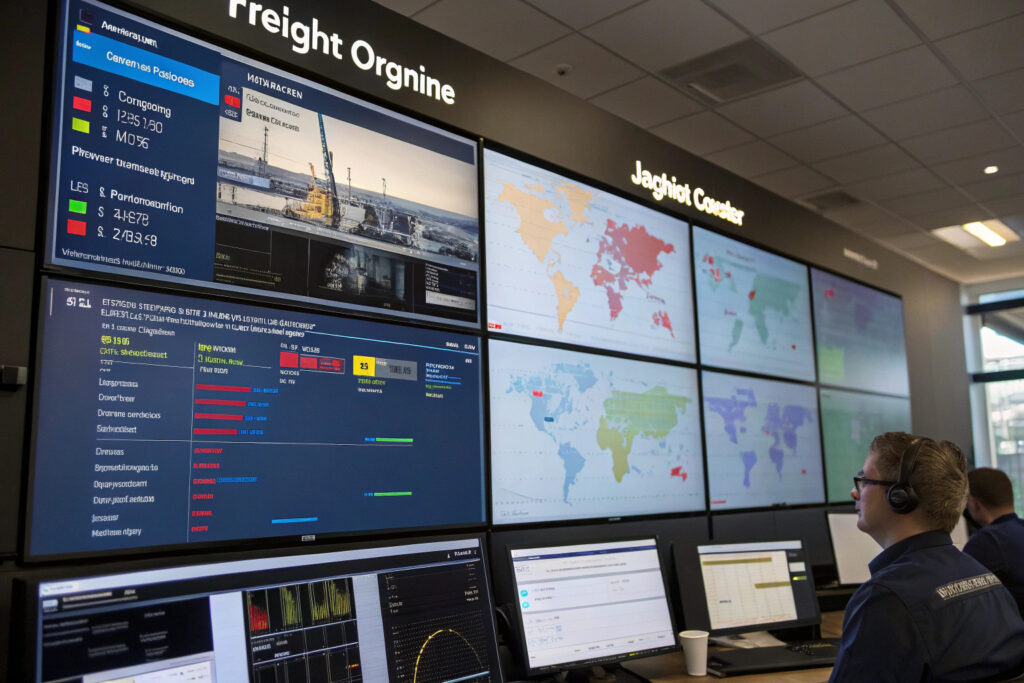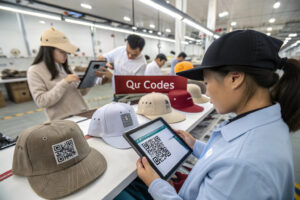Choosing the right freight option for hat shipments significantly impacts costs, delivery timelines, and overall supply chain efficiency. With multiple shipping methods available, understanding how to compare these options ensures you balance speed, cost, and reliability for your specific hat import needs.
The most effective freight comparison involves analyzing air freight, sea freight, express courier, and hybrid solutions across key factors including cost per unit, transit time, reliability, flexibility, and risk management. Each method offers distinct advantages depending on shipment size, urgency, and budget constraints.
Mastering freight comparison enables hat importers to optimize their shipping strategies, reduce total landed costs, and maintain consistent inventory flow while navigating the complexities of international logistics.
What Are the Core Freight Methods for Hat Shipments?
Understanding the fundamental shipping methods provides the foundation for meaningful comparison and strategic decision-making in hat import logistics.
The primary freight options for hat shipments include air cargo, ocean freight, express courier services, and combined approaches that leverage multiple transportation modes for optimal efficiency.
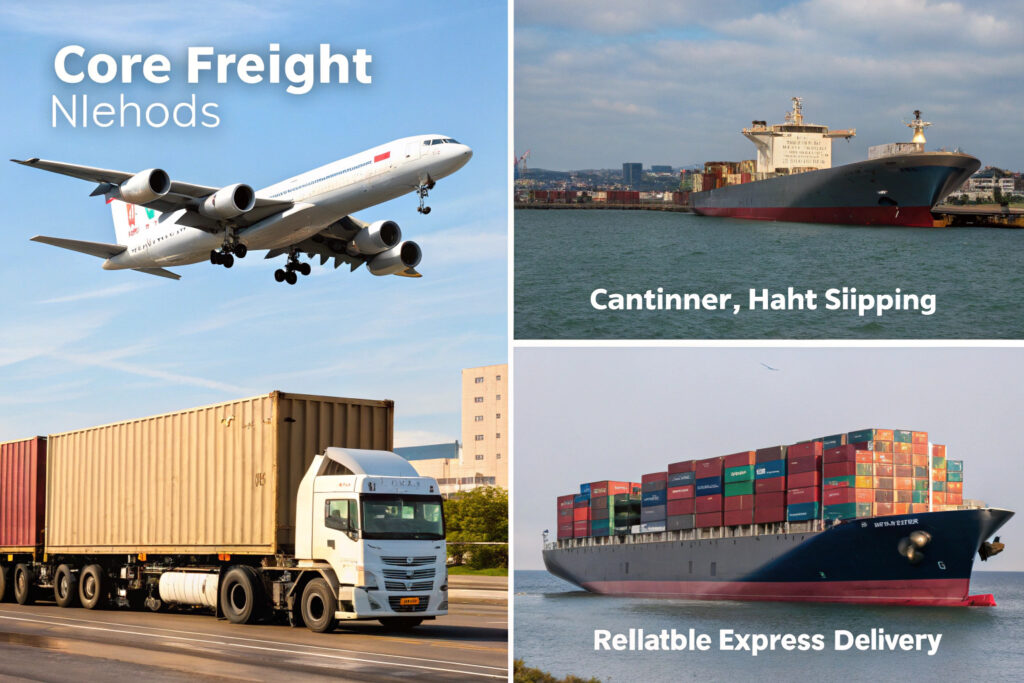
How Does Air Freight Balance Speed and Cost?
Air freight offers the fastest transit times but commands premium pricing, making it suitable for time-sensitive hat shipments where speed outweighs cost considerations.
Air cargo typically achieves transit times of 5-10 days from Asian manufacturers to US destinations, compared to 30-45 days for ocean freight. The cost structure averages $4-8 per kilogram for hat shipments, significantly higher than sea freight's $1-3 per kilogram. Key advantages include reduced inventory carrying costs through faster turnover and lower risk of obsolescence for fashion-sensitive hat styles. Our analysis shows air freight becomes cost-effective when hat inventory values exceed $25 per unit or when missed sales opportunities would exceed shipping premiums.
What Are the True Costs of Ocean Freight?
Ocean freight provides the most cost-effective option for large hat shipments but requires careful consideration of hidden expenses beyond basic freight charges.
The all-in ocean freight costs typically include base ocean rates, fuel surcharges, terminal handling charges, and documentation fees. For hat shipments, container optimization becomes crucial - a 20-foot container can hold approximately 15,000-25,000 hats depending on packing efficiency and hat styles. The extended transit times of 30-45 days require higher safety stock levels, increasing inventory carrying costs by 15-25% compared to air shipments.
How to Calculate Total Landed Costs Accurately?
Total landed cost analysis provides the most comprehensive comparison metric, incorporating all expenses from factory door to final destination warehouse.
Accurate landed cost calculation includes purchase price, freight charges, duties and taxes, insurance, and handling fees that collectively determine the true cost of imported hats.
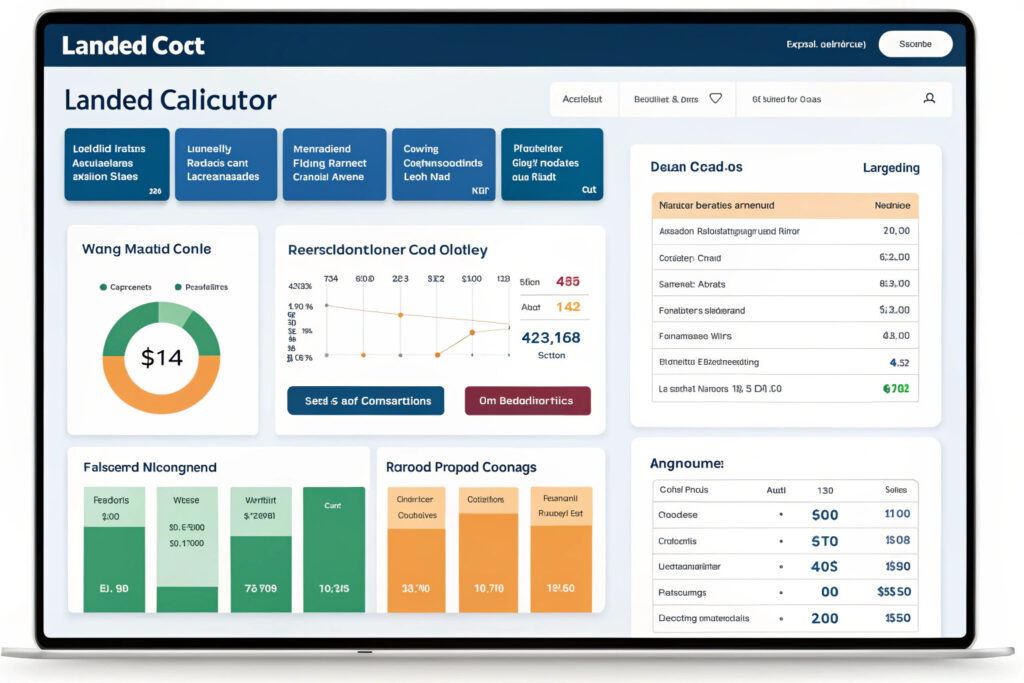
What Components Make Up Total Landed Costs?
Understanding all cost elements ensures accurate comparison between freight options and prevents unexpected expenses from eroding profit margins.
The core components include product costs (manufacturing and materials), freight charges (transportation and fuel), duties and taxes (import tariffs and VAT), insurance premiums, and handling fees (customs brokerage and port charges). For hat shipments, dimensional weight pricing often impacts air and express costs significantly, while container utilization efficiency drives ocean freight economics. Our landed cost models typically identify 5-7 additional cost elements that inexperienced importers overlook, particularly demurrage charges and exam fees.
How Does Shipment Size Impact Cost Calculations?
The scale of hat shipments dramatically influences which freight options provide the best value and efficiency.
For small shipments under 50 kilograms, express couriers often provide the best balance of speed and cost at $8-15 per kilogram. Medium shipments of 50-500 kilograms benefit from air freight consolidation at $4-8 per kilogram. Large shipments exceeding 500 kilograms achieve optimal economics through LCL ocean freight at $1-3 per kilogram or FCL containers for volumes exceeding 10 cubic meters. Our analysis shows the crossover points between these methods typically occur at 68 kilograms (express to air) and 483 kilograms (air to ocean) for standard hat shipments.
What Reliability Metrics Should You Compare?
Delivery reliability and consistency often outweigh minor cost differences, particularly for fashion hat collections with strict seasonality and promotional timelines.
Key reliability metrics include on-time performance, damage rates, documentation accuracy, and contingency capabilities that ensure consistent supply chain performance.
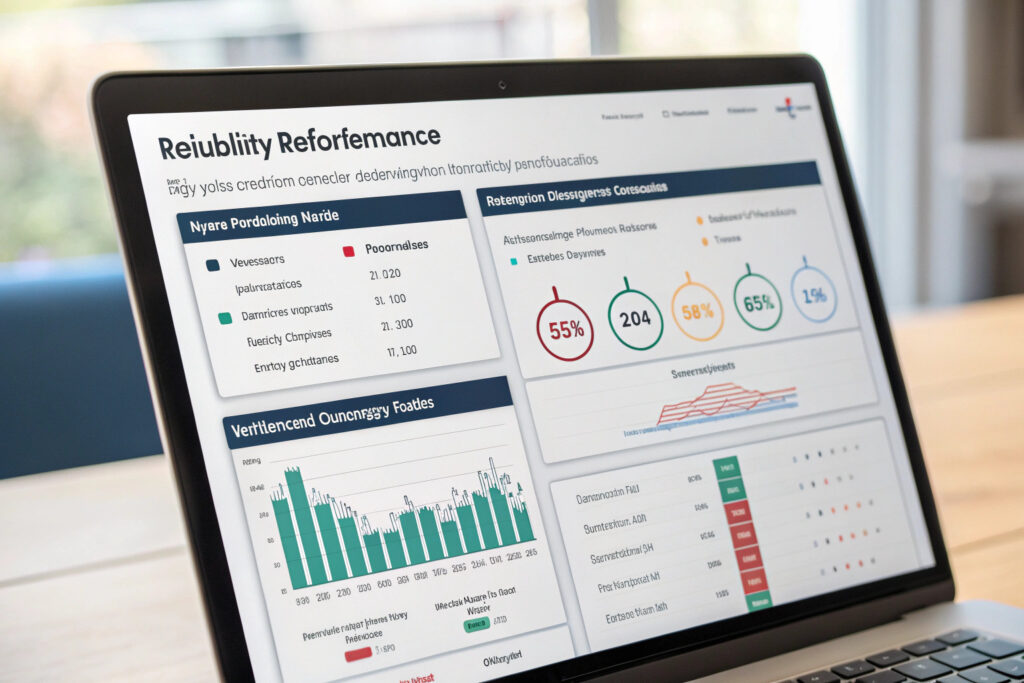
How to Assess On-Time Performance?
Consistent delivery timing prevents stockouts and maintains merchandise planning integrity for hat collections with tight seasonal windows.
Historical on-time rates provide the best predictor of future performance - premium air carriers typically achieve 85-95% on-time delivery compared to 70-80% for ocean freight. Transit time variability measures consistency - express services show 1-2 day variability versus 7-14 days for ocean transport. Seasonal impact analysis identifies periods of degraded performance, particularly Chinese New Year and peak season surcharges. Our reliability tracking shows express services maintain 92% on-time performance year-round, while ocean freight drops to 65% during Q3 peak season.
What Contingency Options Exist for Delays?
Proactive contingency planning mitigates risks associated with freight delays and service disruptions across different shipping methods.
Multi-modal flexibility allows switching between air and ocean based on changing needs and disruptions. Expedited options provide guaranteed delivery when standard services face delays. Inventory buffer strategies maintain 2-4 weeks of additional stock to absorb transit variability. Our contingency protocols typically reduce stockout incidents by 75% through strategic buffer inventory and flexible shipping arrangements.
How Does Packaging Affect Freight Decisions?
Hat packaging significantly influences shipping costs, damage rates, and overall supply chain efficiency across different freight methods.
Packaging considerations include dimensional weight optimization, protective requirements, handling efficiency, and customs compliance that vary by transportation mode.

How Does Dimensional Weight Impact Costs?
Dimensional weight pricing dramatically affects air and express shipping costs, making packaging optimization crucial for cost-effective hat shipments.
Air freight charges are based on volumetric weight (length × width × height ÷ 166 for inches), meaning bulky packaging can double or triple costs. Express couriers use similar dimensional weight calculations with factors of 139-166 depending on service level. Ocean freight costs are less affected by dimensional weight but container utilization becomes the critical metric. Our packaging optimization typically reduces air freight costs by 25-40% through right-sized packaging and compression techniques for soft hat styles.
What Protection Levels Are Required by Mode?
Different transportation methods require varying levels of protective packaging to prevent damage during handling and transit.
Air freight packaging can be lighter since handling is less brutal and transit time shorter. Ocean freight packaging requires robust moisture barriers and compression resistance for 4-6 week voyages. Express service packaging balances protection with weight efficiency for cost control. Our damage analysis shows ocean shipments require 50% more protective packaging than air freight to achieve equivalent damage rates below 2%.
What Hidden Costs Should Be Considered?
Beyond apparent freight charges, multiple hidden costs significantly impact total shipping expenses and should be included in comprehensive comparisons.
Common hidden costs include accessorial charges, currency fluctuations, compliance expenses, and inventory carrying costs that vary by shipping method.
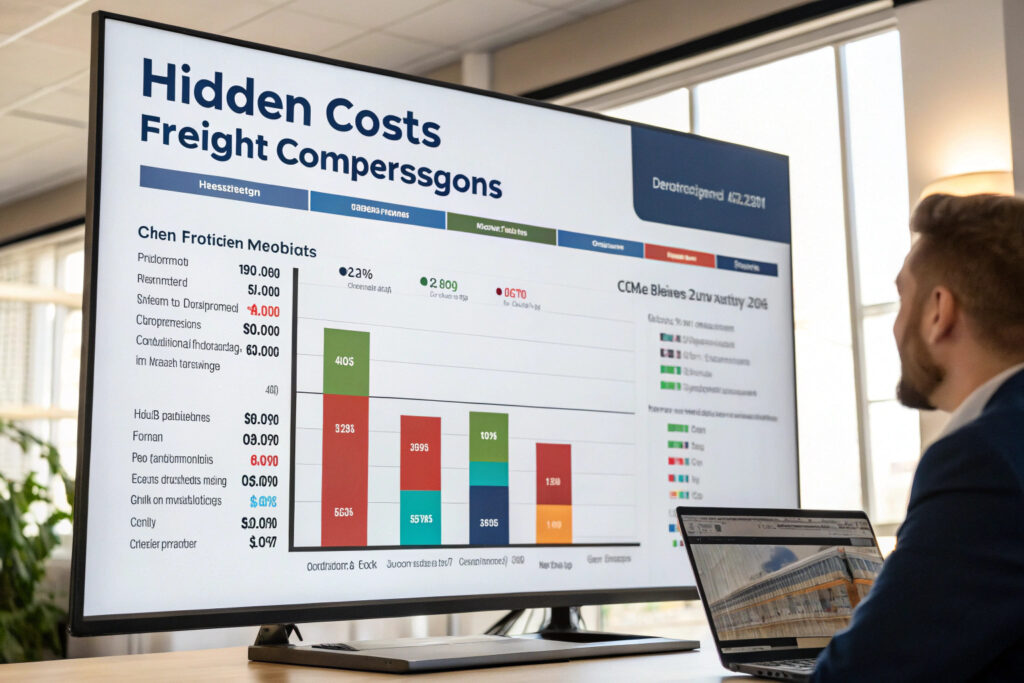
What Accessorial Charges Impact Total Costs?
Additional service fees and surcharges can increase base freight costs by 15-40% depending on shipment characteristics and service selection.
Fuel surcharges typically add 15-25% to base rates and fluctuate with oil prices. Residential delivery fees add $15-30 for home deliveries versus business addresses. Customs examination fees range from $200-500 when shipments are selected for inspection. Our cost tracking identifies 12-18 different accessorial charges across shipping methods, with peak season surcharges adding up to 40% during Q3 and currency adjustment factors impacting ocean freight specifically.
How Do Inventory Costs Vary by Shipping Method?
The capital tied up in transit inventory represents a significant but often overlooked cost that varies dramatically between freight options.
Inventory carrying costs typically range from 18-25% annually including capital, storage, and risk costs. Air freight with 7-10 day transit ties up capital for shorter periods, reducing carrying costs. Ocean freight with 30-45 day transit requires 3-4 times more inventory in pipeline, increasing carrying costs. Our calculations show the inventory cost differential between ocean and air shipping often negates 40-60% of the apparent freight savings for high-value hat collections.
Conclusion
Comparing freight options for hat shipments requires comprehensive analysis of direct costs, hidden expenses, reliability metrics, and packaging impacts across air, ocean, and express services. The optimal choice depends on shipment size, hat value, timeline requirements, and risk tolerance rather than any single factor.
By implementing systematic comparison methodologies and considering total landed costs rather than just freight rates, hat importers can make informed shipping decisions that balance cost efficiency with supply chain reliability and flexibility.
Ready to optimize your hat shipment logistics? Contact our Business Director Elaine today to discuss freight analysis and shipping strategy development. Her email is elaine@fumaoclothing.com. Let's build a freight solution that delivers your hats efficiently while maximizing your supply chain performance.
